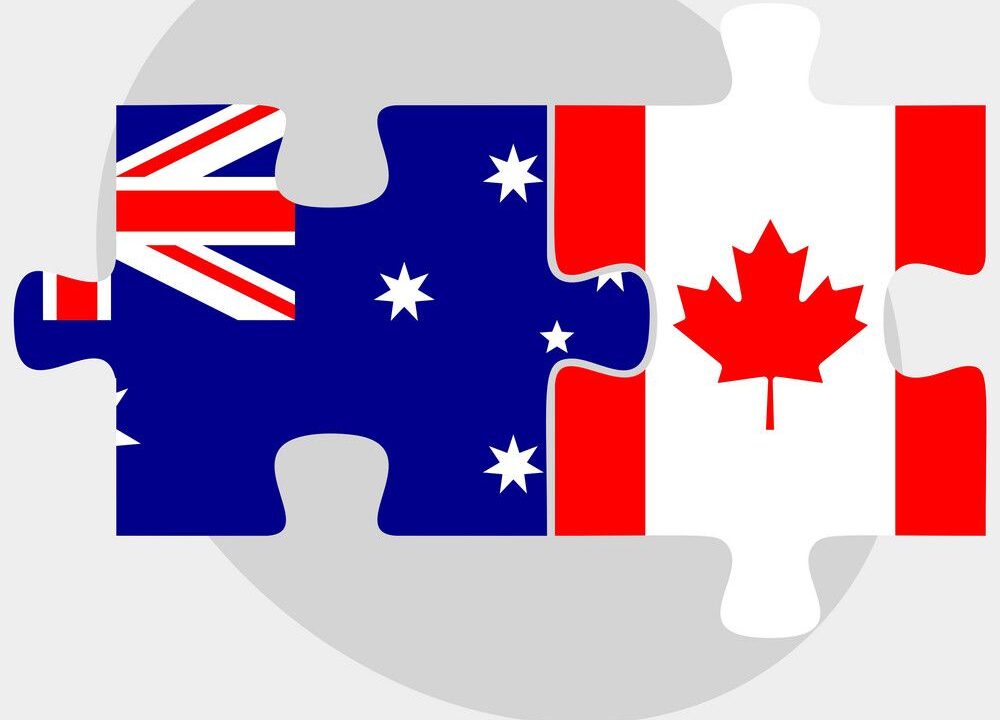For years, Australia and Canada have remained two of the most popular destinations for international students seeking world-class education, post-graduation opportunities, and multicultural experiences. Both countries offer excellent academic environments, globally ranked universities, and student-friendly immigration policies. Yet, deciding between the two can be challenging. Here’s a detailed comparison to help students make an informed decision on where to study in 2025 and beyond.
Academic Excellence and Global Rankings
Both Australia and Canada boast universities consistently ranked among the world’s best. Australia is home to globally renowned institutions such as the University of Melbourne, Australian National University (ANU), and the University of Sydney. Similarly, Canada’s University of Toronto, McGill University, and the University of British Columbia (UBC) are among the top 50 globally.
Australia’s universities are known for their innovative research culture, especially in environmental sciences, medicine, and engineering. Canada, on the other hand, excels in research collaboration, technology, and applied sciences, often integrating real-world experience into academic study through co-op programs.
Tuition Fees and Cost of Living
Canada tends to be slightly more affordable than Australia when comparing both tuition and living expenses. The average annual tuition in Canada ranges from USD 15,000 to 25,000, depending on the program and university. In Australia, tuition fees range from USD 20,000 to 30,000 per year.
Living costs in Canada vary by city, Toronto and Vancouver being the most expensive—while smaller cities like Halifax and Winnipeg offer lower expenses. In Australia, Sydney and Melbourne have higher costs of living, but cities like Adelaide and Brisbane are more budget-friendly.
Work and Post-Graduation Opportunities
Both countries allow international students to work while studying and offer post-study work permits, but the conditions differ slightly. Canada’s Post-Graduation Work Permit (PGWP) allows graduates to work for up to three years after completing a program of at least two years. This makes Canada especially appealing for students planning long-term migration.
Australia’s Temporary Graduate Visa (subclass 485) provides international graduates the opportunity to stay and work for up to four years, depending on their qualification and study location. Both countries encourage skilled graduates to transition into permanent residency, making them strong choices for those seeking migration pathways.
Visa Process and Immigration Policies
Canada’s study visa process is widely considered student-friendly, with the Student Direct Stream (SDS) offering faster visa approval for applicants from certain countries. Australia’s visa system is straightforward but can be more competitive due to high demand. Both nations have transparent immigration policies that favor international students with academic excellence and professional experience.
Cultural Experience and Lifestyle
Australia offers a sunny climate, beautiful beaches, and a laid-back lifestyle that appeals to students seeking a balance between academics and leisure. The outdoor culture and proximity to Asia also make it attractive to students from the region.
Canada, by contrast, provides a diverse cultural mix, strong social inclusion policies, and a reputation for safety and friendliness. Its scenic landscapes, four-season climate, and multicultural communities offer students a rich international experience.
Scholarship Opportunities
Both countries offer numerous scholarships to attract global talent. Canada provides options like the Vanier Canada Graduate Scholarships and university-funded awards for undergraduate and postgraduate students. Australia’s equivalent programs include the Australia Awards and Destination Australia Scholarships, designed to support both high-achieving and regional students.
Which Country Should You Choose?
Your choice depends on your academic goals, budget, and long-term plans. If you value affordability, multicultural inclusivity, and a clear path to permanent residency, Canada might be your best fit. If you prefer warm weather, research-driven universities, and global networking opportunities, Australia could be the ideal destination.
In the end, both Australia and Canada provide outstanding education, career pathways, and life-changing experiences. The key lies in understanding your priorities, whether it’s cost, climate, work opportunities, or future migration goals.
Whichever country you choose, your journey as an international student promises not just a degree, but a new world of global exposure, professional growth, and lifelong connections.









